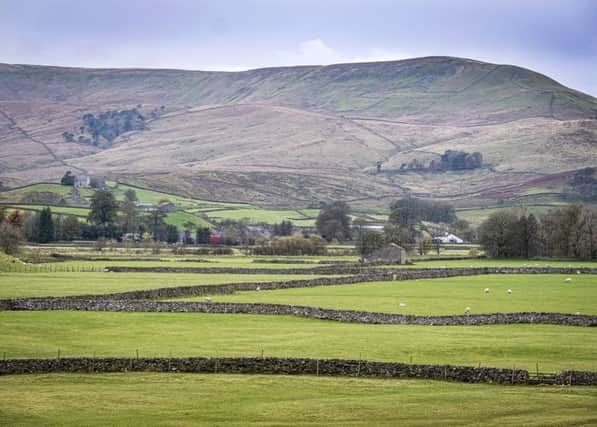School funding crisis tip of the iceberg for countryside - The Yorkshire Post says


But eight rural schools have closed in North Yorkshire alone in the last three years, with the threat of more to come - particularly as the region’s schools face a £21m funding deficit.
The Government has pledged to reassess its funding formula for rural education following a national campaign for reform led by North Yorkshire County Council but as Graham Biggs, chief executive of the Rural Services Network, rightly points out the issues facing these local schools go far beyond just money.
Advertisement
Hide AdAdvertisement
Hide AdWithout reliable and regular public transport links, better internet provision and an adequate supply of affordable housing, many areas in North Yorkshire will simply not be feasible places for working families to raise their children - resulting in there not being enough pupils for village schools to continue to exist.
This creates a reductionist cycle that makes communities even less attractive for people with children to remain or move to in the first place.
It should go without saying that such communities deserve to be properly served but there are plenty of available statistics that underline the point.
Around 17 per cent of England’s population live in small rural towns, villages and hamlets, while those in rural areas pay almost 25 per cent more per head in council tax than those in urban locations.
Advertisement
Hide AdAdvertisement
Hide AdThe Government is right to start rethinking how it funds rural schools, but this needs to be the starting point for a wider strategy to address the inequalities those living in the countryside face in a vast array of different areas.